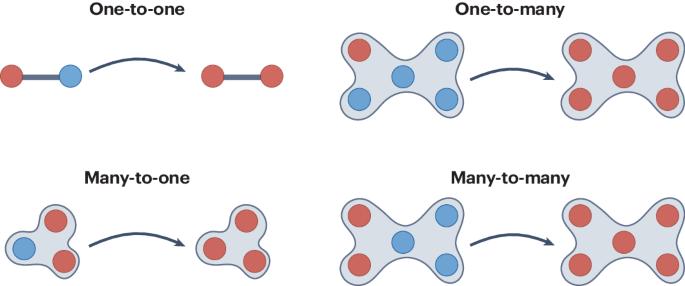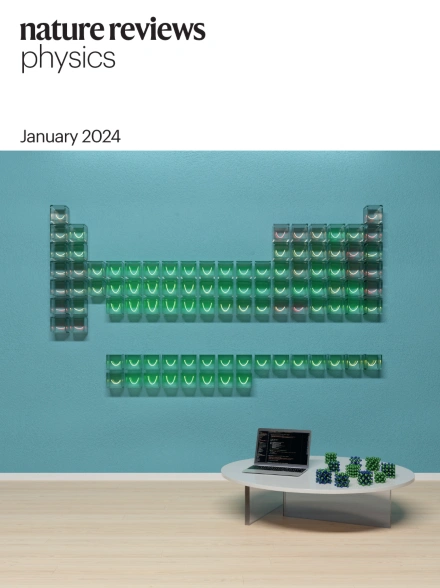Contagion dynamics on higher-order networks
IF 44.8
1区 物理与天体物理
Q1 PHYSICS, APPLIED
引用次数: 0
Abstract
A paramount research challenge in network and complex systems science is to understand the dissemination of diseases, information and behaviour. The COVID-19 pandemic and the proliferation of misinformation are examples that highlight the importance of these dynamic processes. In recent years, it has become clear that studies of higher-order networks may unlock new avenues for investigating such processes. Despite being in its early stages, the examination of social contagion in higher-order networks has witnessed a surge of research and concepts, revealing different functional forms for the spreading dynamics and offering novel insights. This Review presents a focused overview of this body of literature and proposes a unified formalism that covers most of these forms. The goal is to underscore the similarities and distinctions among various models to motivate further research on the general and universal properties of such models. We also highlight that although the path for additional theoretical exploration appears clear, the empirical validation of these models through data or experiments remains scant, with an unsettled roadmap as of today. We therefore conclude with some perspectives aimed at providing possible research directions that could contribute to a better understanding of this class of dynamical processes, both from a theoretical and a data-oriented point of view. Contagion dynamics in higher-order networks have witnessed a surge of research and concepts, offering new insights but also exposing many diverse functional forms of spread. This Review provides a focused overview and proposes a unified formalism covering most of these forms.


高阶网络的传染动力学
网络和复杂系统科学的一项重大研究挑战是了解疾病、信息和行为的传播。COVID-19 大流行和错误信息的扩散就是凸显这些动态过程重要性的例子。近年来,对高阶网络的研究显然可以为研究这些过程开辟新的途径。尽管尚处于早期阶段,但对高阶网络中社会传染的研究和概念已经激增,揭示了传播动态的不同功能形式,并提供了新的见解。本综述对这些文献进行了重点概述,并提出了涵盖大多数形式的统一形式主义。我们的目标是强调各种模型之间的相似性和区别,以推动对这些模型的一般和普遍特性的进一步研究。我们还强调,虽然进行更多理论探索的路径似乎很清晰,但通过数据或实验对这些模型进行实证验证的工作仍然很少,迄今为止,路线图尚未确定。因此,我们最后提出了一些观点,旨在从理论和以数据为导向的角度提供可能的研究方向,从而有助于更好地理解这一类动力学过程。
本文章由计算机程序翻译,如有差异,请以英文原文为准。
求助全文
约1分钟内获得全文
求助全文
来源期刊

Nature Reviews Physics
Multiple-
CiteScore
47.80
自引率
0.50%
发文量
122
期刊介绍:
Nature Reviews Physics is an online-only reviews journal, part of the Nature Reviews portfolio of journals. It publishes high-quality technical reference, review, and commentary articles in all areas of fundamental and applied physics. The journal offers a range of content types, including Reviews, Perspectives, Roadmaps, Technical Reviews, Expert Recommendations, Comments, Editorials, Research Highlights, Features, and News & Views, which cover significant advances in the field and topical issues. Nature Reviews Physics is published monthly from January 2019 and does not have external, academic editors. Instead, all editorial decisions are made by a dedicated team of full-time professional editors.
 求助内容:
求助内容: 应助结果提醒方式:
应助结果提醒方式:


